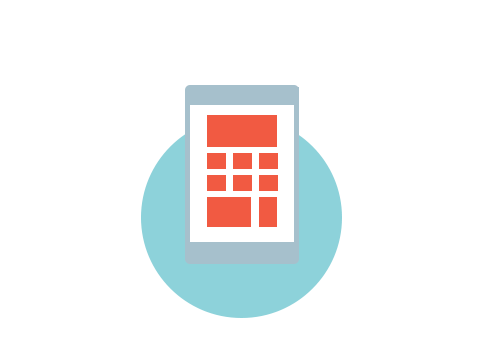Title: Navigating Social Platform Image Size Requirements in 2024: A Comprehensive Guide
In today’s digital age, social media has become an indispensable tool for personal expression, brand promotion, and communication. Whether you’re a seasoned marketer, a budding influencer, or simply someone who enjoys sharing moments with friends and family, understanding the nuances of each platform’s image size requirements is crucial for maximizing engagement and visual impact. As we step into 2024, let’s explore the ever-evolving landscape of social platform image size requirements.
Why Image Size Matters
Images are central to the visual appeal of social media content. They capture attention, convey messages, and evoke emotions more effectively than text alone. However, uploading images that are improperly sized can result in distortion, pixelation, or cropping, detracting from the overall quality and professionalism of your posts. By adhering to each platform’s image size guidelines, you ensure that your visuals appear crisp, clear, and visually appealing across devices and screen sizes.
Updated Image Size Requirements for 2024
- Facebook: As one of the largest social media platforms, Facebook continues to be a powerhouse for connecting with friends, family, and audiences. For profile pictures, the recommended size is 180×180 pixels, while cover photos should be 820×312 pixels. When posting images, aim for a resolution of 1200×630 pixels to ensure optimal display in users’ feeds.
- Instagram: With its emphasis on visually stunning content, Instagram remains a favorite platform for sharing photos and videos. Profile picture dimensions should be 320×320 pixels, while square posts can be up to 1080×1080 pixels. For landscape and portrait images, aim for a resolution of 1080×1350 pixels to maintain quality and consistency.
- Twitter: Known for its real-time updates and concise messaging, Twitter requires users to adhere to specific image dimensions to optimize visual impact. Profile pictures should be 400×400 pixels, while header images should be 1500×500 pixels. When tweeting images, aim for a resolution of 1200×675 pixels for optimal display on users’ timelines.
- LinkedIn: As the leading professional networking platform, LinkedIn provides ample opportunities for showcasing your skills, experience, and achievements. Profile pictures should be 400×400 pixels, while background cover photos should be 1584×396 pixels. For shared images and updates, aim for a resolution of 1200×627 pixels to ensure clarity and professionalism.
- Pinterest: With its focus on discovery and inspiration, Pinterest offers a visually immersive experience for users seeking ideas and recommendations. Profile pictures should be 165×165 pixels, while pin images should ideally have a 2:3 aspect ratio, with a minimum width of 600 pixels.
In conclusion, understanding and adhering to social platform image size requirements is essential for maintaining a polished and professional online presence. By following the guidelines outlined above and staying attuned to updates from each platform, you can ensure that your visual content stands out and resonates with your audience in 2024 and beyond.
We at Digital Dots can help you with making the right decision when it comes to choose the suitable hosting solution for your website. Contact us via online or reach us via 09 8989 460 15 or 09 8989 460 45.
Ready to work with us?
Hire a professional team and get your project done efficiently.
or call us on +95 9 8989 460 15
Recent Posts
- TikTok Introduces Search Ads with Keyword Targeting: What You Need to Know
- YouTube Takes on AI Deepfakes with New Detection Processes
- Boost Your Website Traffic with These Content Ideas
- Top 5 Useful AI Tools
- How to Gain Followers on TikTok
- The Advantages and Disadvantages of Using a VPN
- 5 Social Media Marketing KPIs to Track for Success










Social Media Management
Social media marketing or management refers to the process of gaining traffic or attention through social media sites. We help brands use it to connect in meaningful ways.